Safer Roads Ahead: Advancements in Automobile Safety through Specialty Chemicals
- April 05, 2024
- Blog
Despite buzzy headlines about new auto tech such as fully autonomous driving and onboard biometrics, surveys reveal that year after year, safety is one of car buyers’ top priorities. As a result, automakers continue innovating new features into their cars to better protect drivers, passengers, and even pedestrians.
In many cases, the specialty chemicals inside them are the key to these new products’ performance. Seatex is proud to partner with automakers and other auto industry businesses in manufacturing these chemicals, from lab scale research to scale up and distribution.
From pioneering new materials to enabling cutting-edge safety features, these compounds play a pivotal role in safeguarding lives on the road. The following are some of the ways they’re doing it…
Gentler, Faster-Acting Airbags
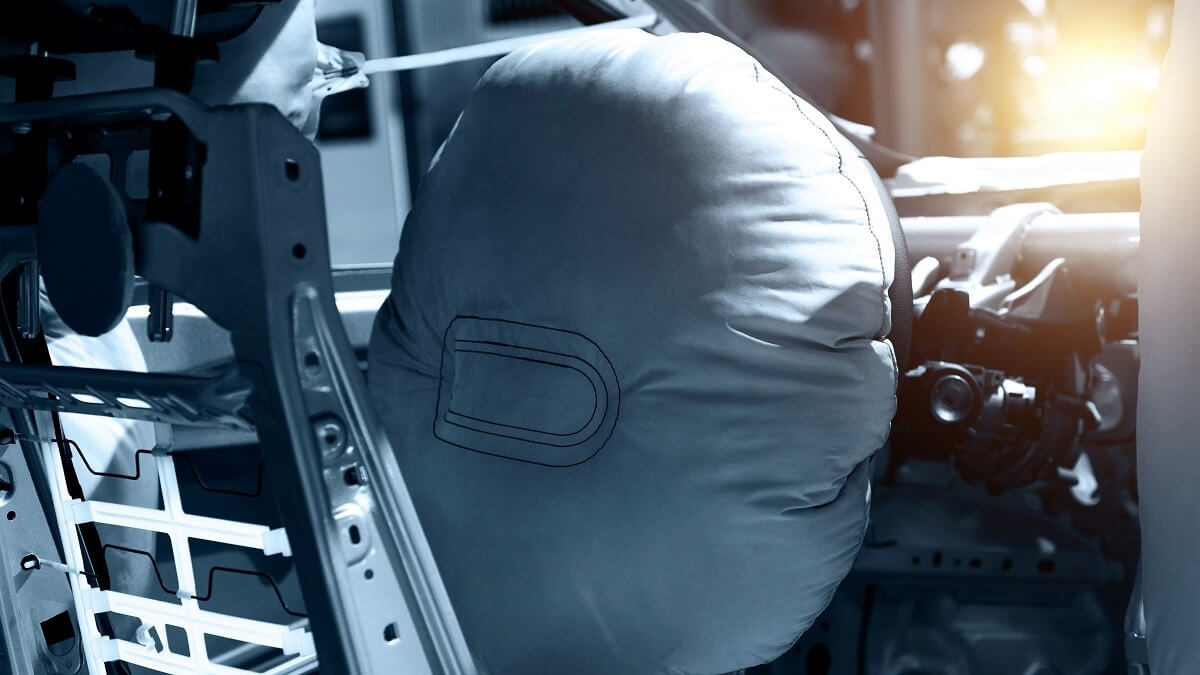
Since being mandated to be installed in the front of all new cars built since 1999, airbags have saved tens of thousands of lives. When these inflatable cushions are installed on the side and rear of cars, they reduce the risk of death in a collision by up to 52%.
But how do specialty chemicals factor in? For one thing, they’re widely used in a common airbag material: silicone-coated polyamide fabric, which is extremely strong and resistant to fire/heat, cold, and abrasion.
More importantly, it’s a chemical reaction–akin to an explosion–that makes airbags function properly. To fill the airbag in the milliseconds before a car’s occupant makes contact with it (or anything else), guanidinium nitrate is ignited, flooding the bag with nitrogen gas, while a copper nitrate oxidizer keeps the gas from being too hot.
So-called guanidine nitrate replaced the toxic sodium azide in airbags, as well as risky ammonium nitrate, both of which created a number of problems in deploying airbags such as eye injuries and burns.
Harder-working Brake Fluid
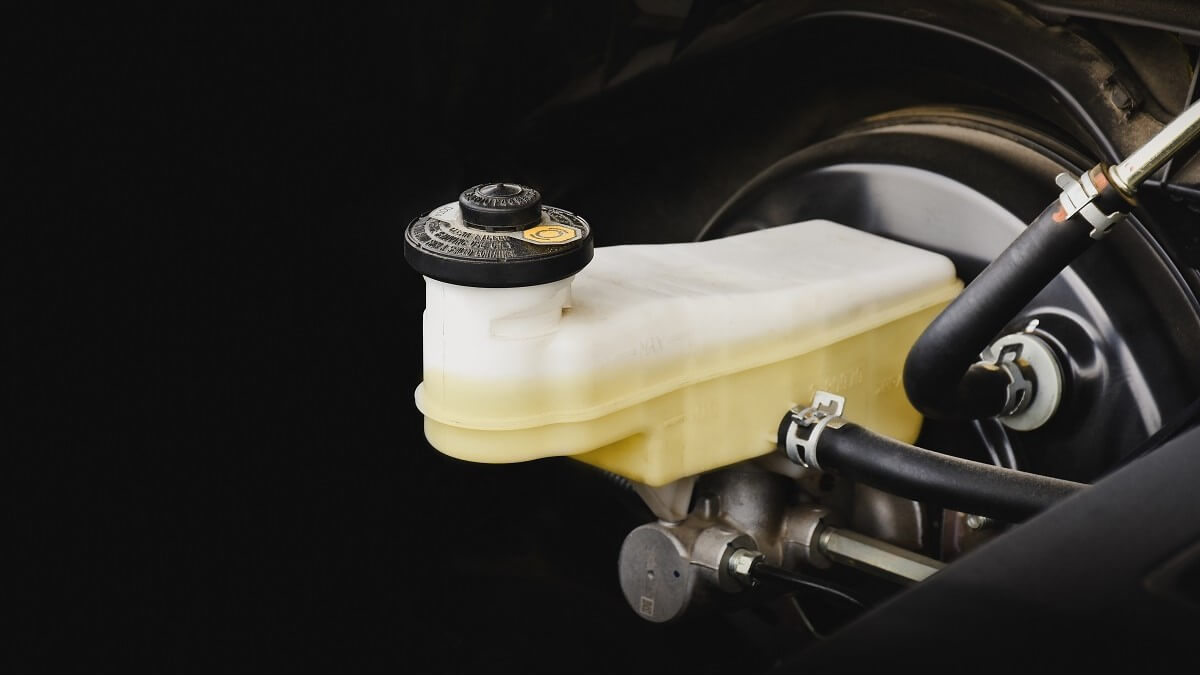
An old trope of mystery and spy novels was a character having his brake lines cut (often with deadly consequences). While this illegal tactic is not likely to be effective in real life with modern cars’ dual-circuit braking systems and emergency brakes, the idea is based on stopping the flow of the chemicals running through the lines in the form of brake fluid.
Pressurized brake fluid allows a light press on a foot pedal to bring a half-ton truck to a standstill in seconds. It quickly flows through the lines to either a caliper or a wheel cylinder, forcing the brake pads against the spinning rotor and stopping the wheel.
Brake fluids are typically glycol- or silicone-based. Brake fluids classified as DOT 3–the most common type of brake fluid used in domestic cars and trucks–are made from diethylene glycol. DOT 4 fluids are a mixture of glycol ether and borate ester. DOT 5.1 brake fluids feature borate ester with glycol ether blended in. DOT 5–favored by classic car owners for its low impact on paint and brake components–often includes tributyl phosphate, a plasticizer widely used in industrial applications. Chemical corrosion inhibitors, antioxidants, and pH stabilizers are often added to brake fluid formulations.
Without the benefits of these chemicals, brake fluid would not be viable as a means of safely stopping your car. These chemicals give brake fluid a high boiling point to withstand the heat generated by braking while also giving it a low freezing point for cars in cold climates. Some types of brake fluid are hygroscopic, meaning they absorb moisture from the air to maintain optimal performance in the brake system; that’s where the corrosion inhibitors come in.
Better Seat Belts
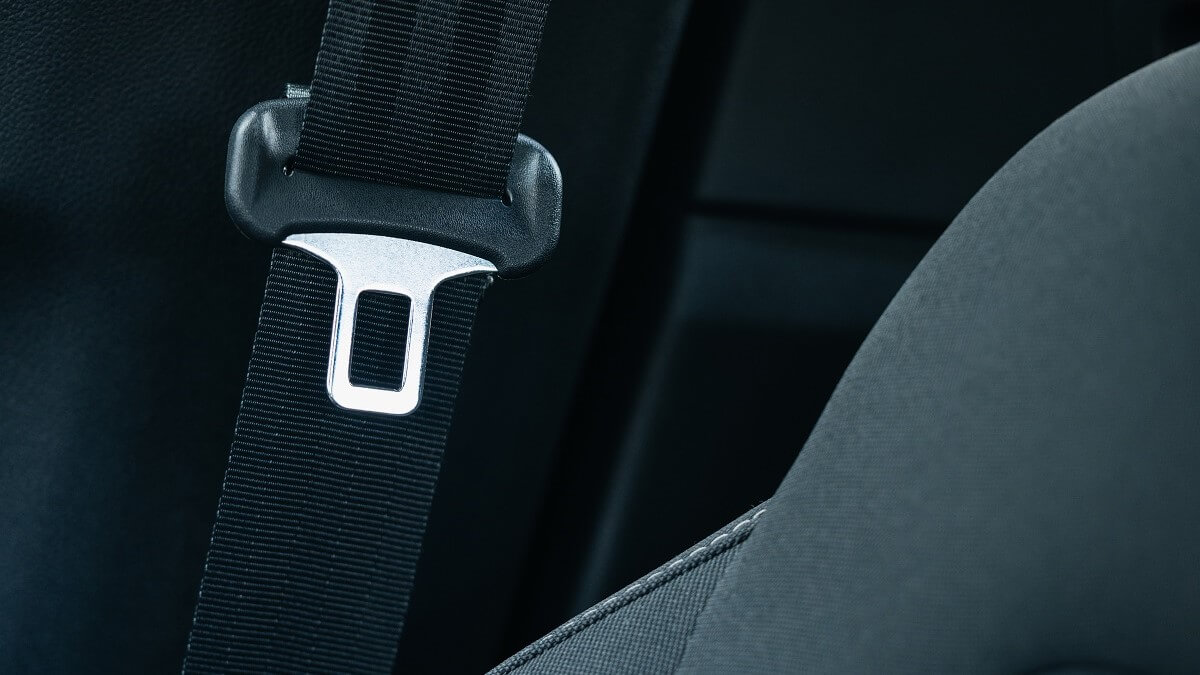
According to the National Highway Traffic Safety Administration, seat belts saved more than 320,000 lives between 1960 and 2012. Still, they’re not foolproof or perfect, and sometimes they actually contribute to injuries or deaths in car crashes. So to improve their performance, specialty chemicals are employed in their manufacture.
For example, unlike the nylon belts of previous decades, today’s versions are commonly polyester–specifically, polyethylene terephthalate (PET)–which offers extreme tensile strength, fire, aging, and abrasion resistance, and is smooth to the touch. Poly-paraphenylene terephthalamide–better known as Kevlar–is another synthetic fiber option for seat belts that offers premium strength and durability while still being light and flexible.
Polyethylene, another thermoplastic, is also used in making seat belts through anchors because of its noiseless quality and sliding ability.
Improved Radar Sensors
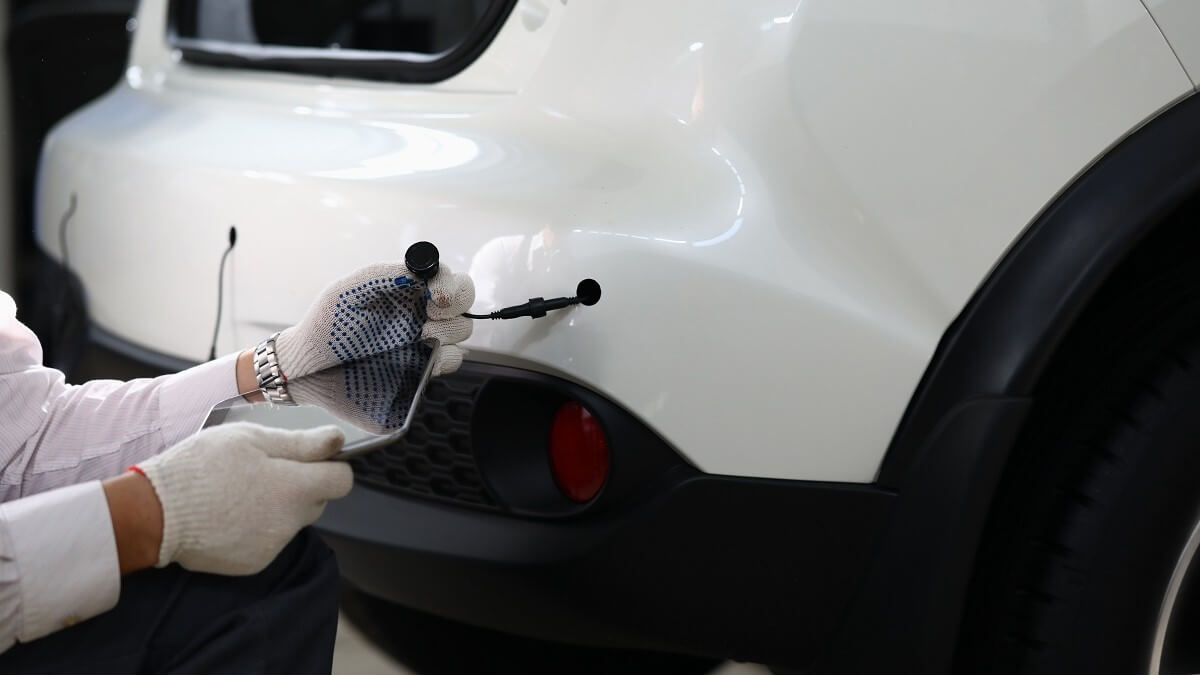
ADAS–or advanced driver assistance systems–is one of the hottest areas of automaker investing today, with the aftermarket poised to grow rapidly over the next decade. This car safety category includes features such as blind spot detection, collision avoidance, and automatic braking. These next-gen features depend heavily on radar sensors, cameras, and computing platforms to identify road hazards, which in turn depend heavily on specialty chemicals.
One tricky aspect specialty chemicals help resolve is avoiding “ghost images,” or false positive alerts created by radar emitted from nearby cars, without blocking radar transmission from the installation car. The radar sensor cover, or radome, is now being made from polybutylene terephthalate (PBT) due to its low dielectric constant and loss factor, plus its superior resistance to automotive chemicals.
Polycarbonate (PC) is also used in radar absorption for its durability, as is polyetherimide (PEI) resin for withstanding higher processing temperatures. The increased effectiveness of the radar that results from the use of these chemicals gives automakers more freedom to place the sensors in a wider range of positions and configurations.
These delicate parts and intricate systems also demand high-performing adhesives, conductive and non-conductive inks, and thermal management chemicals called thermal interface materials (TIMs) in their design. For example, polydimethylsiloxane is used in making silicon adhesive to bond the image sensor die to the substrate. Polyimide film, PET, polyester, and polyethylene naphthalate (PEN) are all used in conductive inks.
To deal with the heat created by increasingly crowded and higher-functioning circuit boards, polyimides and silicone-based thermally conductive compounds are used in making gap fillers and fiberglass-reinforced insulating pads.
Longer-Lasting Engine Coolants
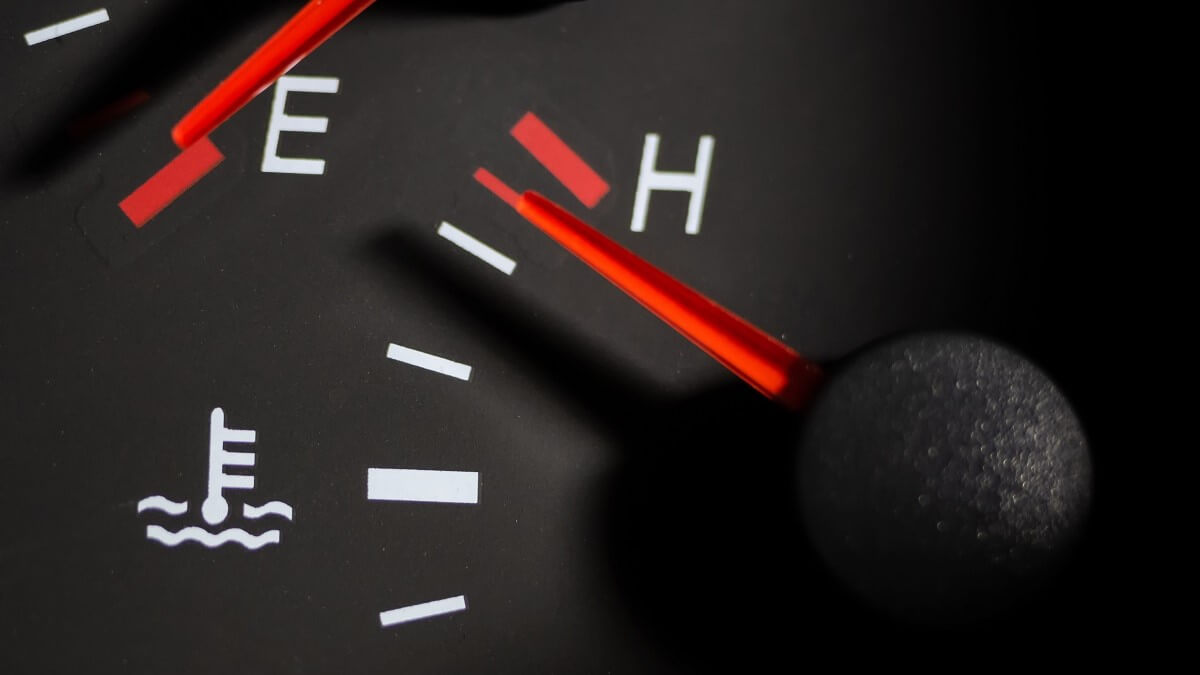
Overheating engines are one of the top causes of car fires. Coolant, or antifreeze, is designed to help your engine maintain a stable temperature, no matter the climate conditions.
Specialty chemicals transform plain water–which freezes in cold climates and boils in hot weather–into an effective engine coolant. Ethylene glycol or propylene glycol are mixed at typically a 50/50 ratio with water to raise the boiling point and lower the freezing point. But because the presence of water in the system can still cause corrosion to engine components, corrosion inhibitors are added to the mix.
While older versions of coolants used traditional chemicals such as silicate, nitrate, and phosphate, newer formulations known as organic acid technology (OAT) coolants use advanced ingredients such as 2-ethylhexanoic acid (2-EHA) and dicarboxylic acid–a derivative of castor oil–to prevent corrosion. These deliver much longer shelf and service lives–often as long as the life of the engine itself–as well as excellent protection for aluminum and cast iron.
Seatex Brings Decades of Expertise Catering to the Automotive Industry
Whether you require automotive components that are more durable, lightweight, resilient, or environmentally friendly, our proficiency in developing and manufacturing specialized chemicals positions us as a crucial ally for automotive businesses.










